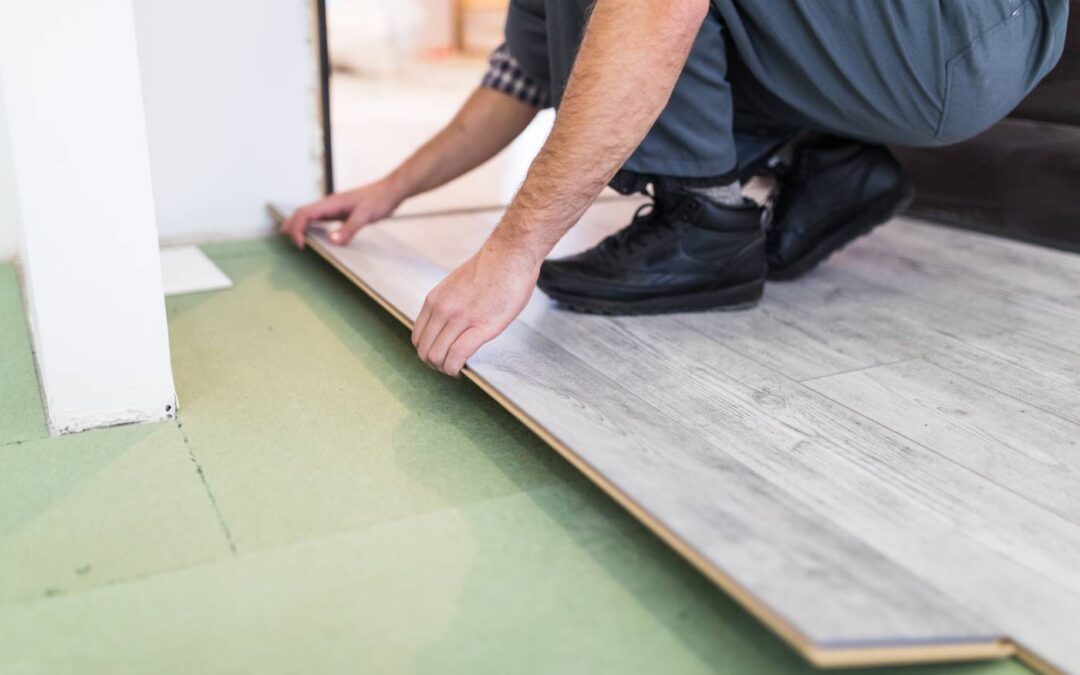
Refinish or Replace? Deciding When It’s Time for New Flooring
When to Refinish
- Hardwood Has Wear but is Structurally Sound
If your hardwood floors are scratched, faded, or discolored but still solid, refinishing can restore their original beauty. - Budget Constraints
Refinishing is typically less expensive than replacement, making it an attractive option if you’re working within a budget. - You Want to Preserve the Original Flooring
Refinishing is ideal for historic homes or spaces with unique flooring materials that you want to maintain.
When to Refinish
- Hardwood Has Wear but is Structurally Sound
If your hardwood floors are scratched, faded, or discolored but still solid, refinishing can restore their original beauty. - Budget Constraints
Refinishing is typically less expensive than replacement, making it an attractive option if you’re working within a budget. - You Want to Preserve the Original Flooring
Refinishing is ideal for historic homes or spaces with unique flooring materials that you want to maintain.
When to Replace
Sometimes, refinishing isn’t enough, and a full replacement is necessary to achieve the look and durability you need.
- Extensive Damage
Floors with deep gouges, warped boards, or water damage often can’t be saved through refinishing. Replacement ensures a fresh start. - Outdated Style or Material
If your floors are beyond salvaging aesthetically, a replacement allows you to choose a modern, cohesive design. - Structural Issues
Flooring that creaks, sags, or feels uneven might indicate problems with the subfloor. Replacing the flooring provides an opportunity to address these issues.
Key Factors to Consider
- Material Type
Hardwood floors are ideal candidates for refinishing, but laminate, vinyl, and tile usually need to be replaced when they show wear. - Cost Comparison
While refinishing is generally cheaper, the long-term cost of maintaining floors nearing the end of their lifespan might make replacement the better value. - Timeline and Convenience
Refinishing can be quicker and less disruptive than replacing floors, but it does involve sanding and staining, which can create dust and odors.
Why It’s Worth the Investment
Whether you choose to refinish or replace, upgrading your floors adds value to your home and enhances its overall look and feel. Durable, beautiful flooring improves your quality of life and makes a great impression on potential buyers if you decide to sell.
Final Thoughts
The choice between refinishing and replacing floors depends on the material, condition, and your goals for the space. Consult a flooring expert to evaluate your situation and recommend the best course of action. With the right decision, your floors can look stunning for years to come.
Consider HTX Restoration for Floor Installation Services In Houston, TX
If you’re looking for high-quality, cost-effective floor installation or other home restoration/remodeling services in Houston, Texas, you can contact HTX Restoration for a free estimate! Our experts have decades of experience with all kinds of home restoration projects. We can ensure that we provide high-quality service at competitive prices.


Recent Comments